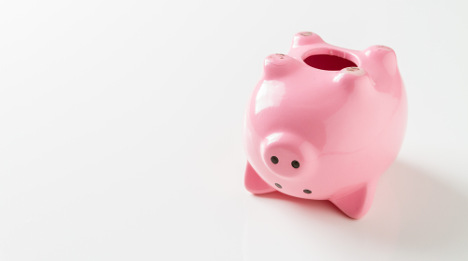Third of shoppers are underwater on trade-in vehicle

Nearly 1 out of 3 car shoppers have negative equity on their trade-ins when they’re purchasing their next vehicle, according to Edmunds.com.
Edmunds’ data shows that an estimated 32 percent of all trade-ins toward the purchase of a new car through the first three quarters of 2016 were underwater.
It’s the highest rate on record, and it’s up from 30 percent of all trade-ins toward new car purchases from January to September last year.
These “upside down” shoppers had an average of $4,832 of negative equity at the time of trade-in — also a record.
“It’s curious to see just how many of today’s car shoppers are undeterred by how much they owe on their trade-ins,” says Edmunds.com senior analyst Ivan Drury. “With today’s strong economic conditions at their back, these shoppers are willing to absorb a significant financial hit to get into a newer vehicle.
“In fact, shoppers with this mindset may want to consider jumping on the leasing bandwagon. They can get into a new car with great technology every few years without having to worry about how much they still owe on their trade-in.”
Edmunds found that the difference between the average monthly payment on a new car purchase ($505) was $77 more than the average monthly lease payment ($428) in the third quarter. And new car leasing is at its highest level ever, making up an estimated 33 percent of new car transactions in 2016, through October.
Upside down trade-ins are not limited to new car purchases. According to Edmunds’ Q3 Used Vehicle Market Report, a record 25 percent of all trade-ins toward a used car purchase in the third quarter had negative equity. These shoppers had an average of $3,635 of negative equity at the time of trade-in — also a Q3 record in the used car market.
Edmunds tends to recommend that car shoppers wait until they have equity in a vehicle before they trade it in for another car. But in cases where shoppers feel that their only choice is to trade in a car when they’re underwater, Edmunds lays out a few strategies to minimize — or even avoid — the financial blow in its consumer advice piece “Upside Down and Under Water on a Car Loan,” which may be viewed by clicking here.


